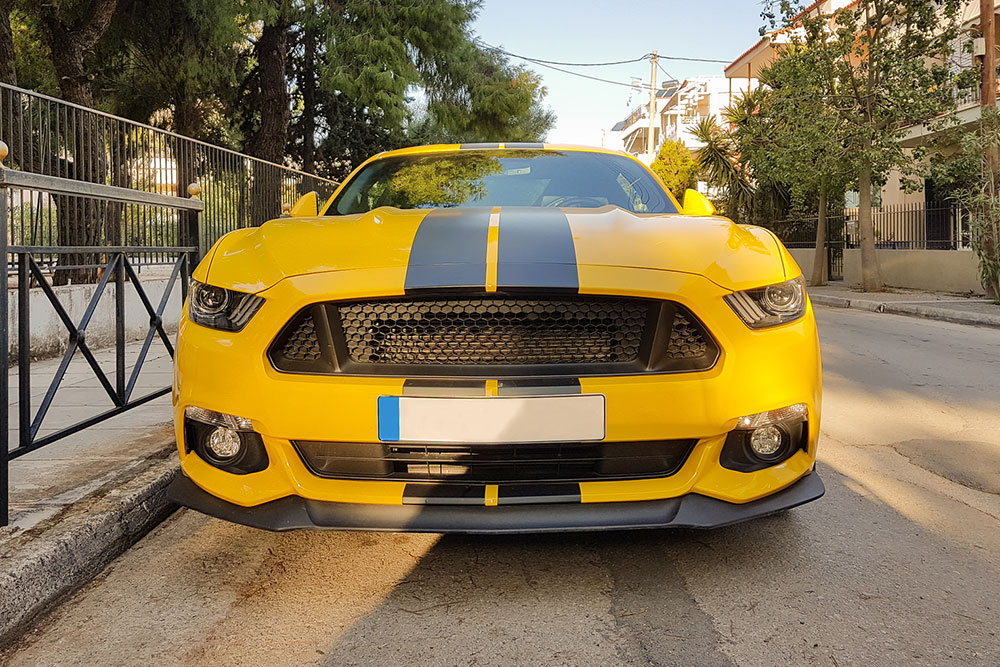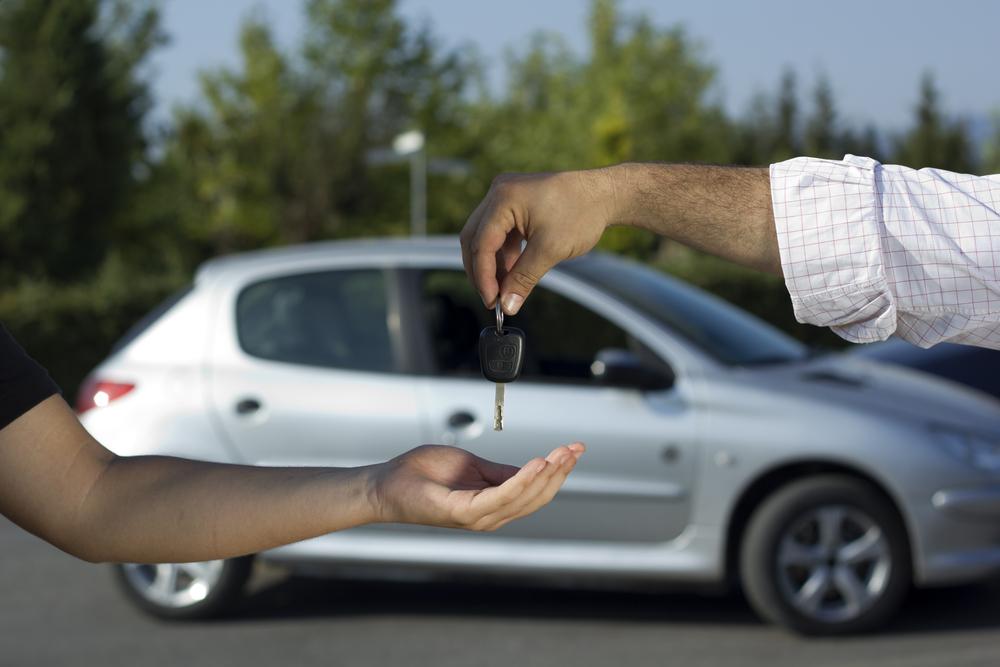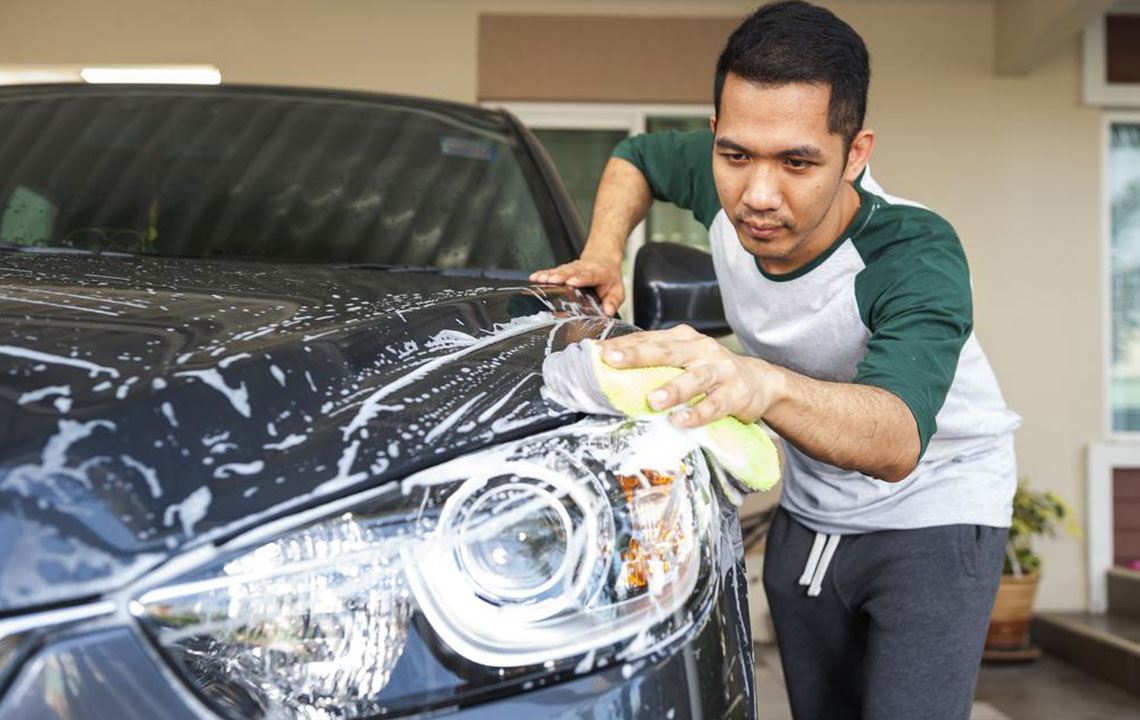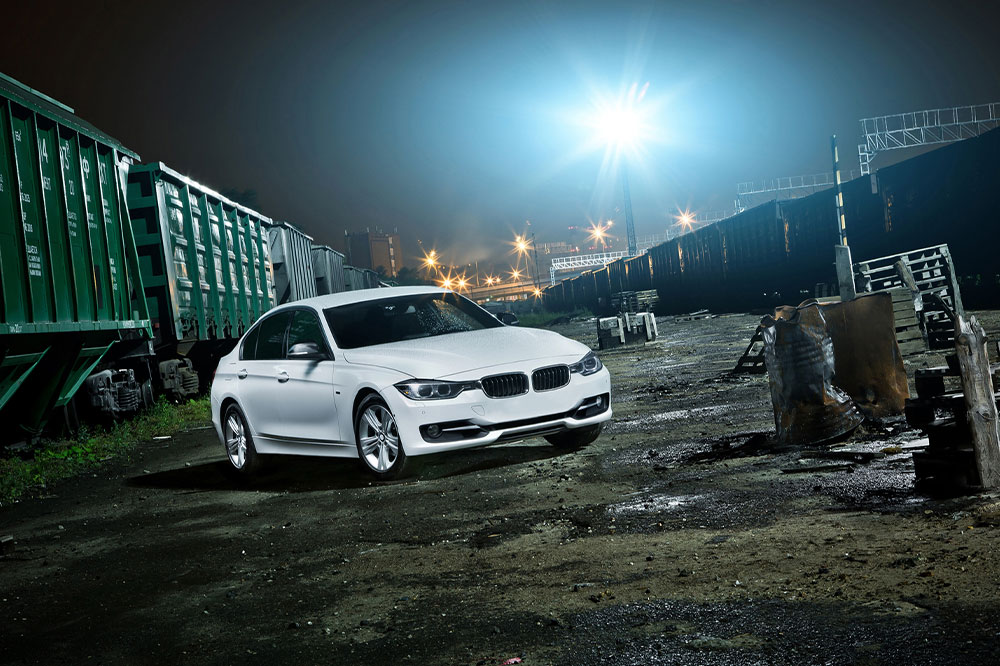Comprehensive Inspection Checklist for Buying a Used BMW Vehicle
This comprehensive guide provides essential tips and a detailed checklist for inspecting a used BMW vehicle. Covering electronic features, exterior and interior condition, wheels, engine, and performance, it helps buyers make informed decisions. Engaging professionals for detailed evaluations is strongly recommended to avoid hidden issues, ensuring a smart and safe purchase of a pre-owned BMW. Perfect for anyone looking to invest in a reliable luxury vehicle, this article boosts confidence in the buying process by emphasizing thorough inspections and key focus areas.
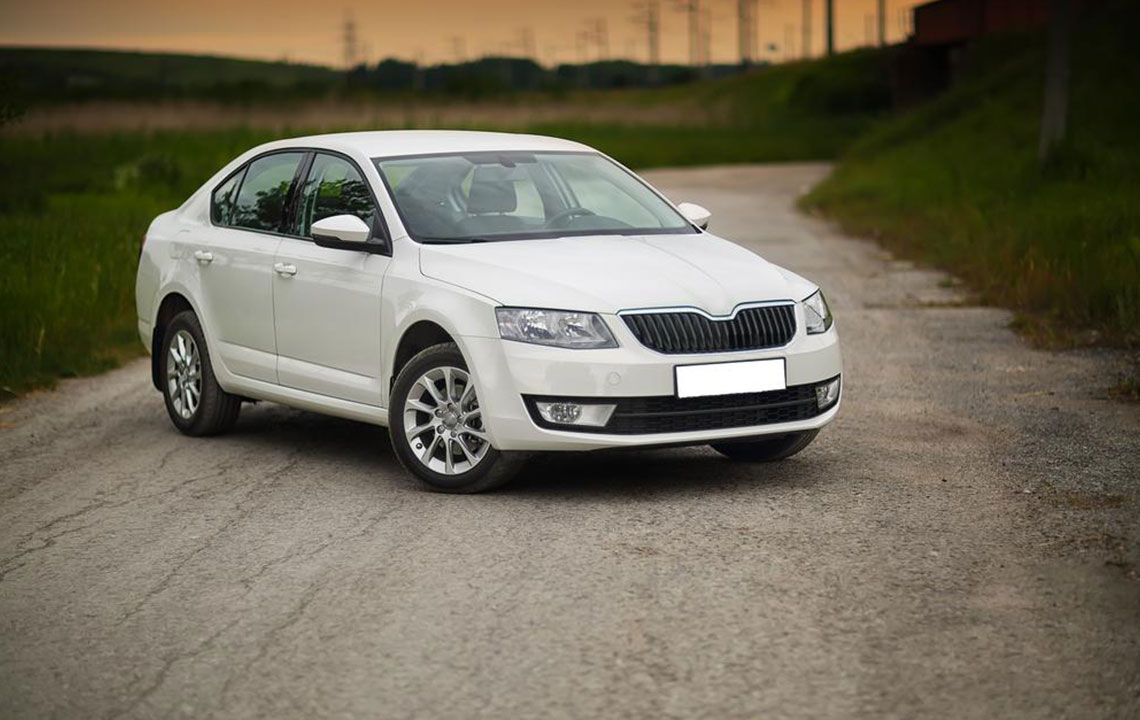
Comprehensive Inspection Checklist for Buying a Used BMW Vehicle
Purchasing a pre-owned BMW can be a rewarding experience, but it also requires careful evaluation to ensure you make a sound investment. Many prospective buyers worry about the reliability of used luxury vehicles, particularly BMWs, given their complex systems and performance features. While buying a second-hand BMW isn’t inherently risky, it demands a thorough inspection process to identify potential issues and avoid costly repairs down the road.
This detailed guide aims to equip you with essential tips and a comprehensive checklist to evaluate a used BMW effectively. From key electronic features to the vehicle’s structural integrity, this guide covers all critical aspects that influence the decision-making process. Armed with this knowledge, you can approach your purchase with confidence and ensure you select a BMW that is not only stylish and luxurious but also reliable and safe.
Key Aspects to Focus On When Inspecting a Used BMW
Before diving into the inspection, take some time to prepare. Make a list of vital components and features to check, and consider bringing along a knowledgeable friend or a professional mechanic specializing in BMWs. An expert opinion can often reveal issues that might not be immediately apparent to the untrained eye.
Below is an expanded, step-by-step checklist to help you thoroughly evaluate a used BMW:
Electronic Systems and Interior Features: Start your inspection inside the vehicle. Test all electronic components including power seats, window controls, remote key fob functions, and all audio and climate control systems. Ensure that each feature functions smoothly, as these electronic systems are integral to comfort and convenience. If any features do not operate as expected, inquire about potential repairs or replacements, which could influence your bargaining process.
Exterior and Interior Condition: Carefully examine the vehicle’s exterior for signs of previous accidents or repainting. Check the paintwork for inconsistencies or overspray, which could indicate body repairs. Inspect the undercarriage for rust or corrosion, especially in hidden areas like wheel arches and the trunk. Inside, look for water damage, mold, or unusual odors that could hint at leaks or flood history.
Wheels, Rims, and Tires: The condition of wheels and tires directly impacts safety. Examine alloy rims for cracks, bends, or pitting. Check tire tread depth and look for uneven wear patterns which may suggest alignment issues. Properly maintained wheels, with correct tire pressure and alignment, ensure optimal handling and safety.
Engine and Mechanical Components: Confirm that the car’s key fits snugly into the ignition and turns smoothly. Check for oil leaks, coolant leaks, and evidence of fluid spills. Smell beneath the hood for burnt oil or other unusual odors. Pay attention to engine startup and idle quality. Rough idling or abnormal noises could indicate deeper mechanical problems.
While many of these checks are straightforward, some issues might be concealed beneath the surface. For instance, subtle frame misalignments or internal engine problems may not be visible during a casual inspection. Therefore, it’s highly recommended to engage a BMW-trained technician for a comprehensive diagnostic evaluation. Such specialists can perform advanced tests, including computer scans and diagnostic code checks, to uncover hidden faults.
Finally, take the vehicle for a test drive on a variety of road surfaces — city streets, highways, and rough terrains if possible. This will allow you to assess the car’s overall performance, handling, braking efficiency, and comfort. Notice any unusual vibrations, noises, or steering issues, as these can be indicators of impending repairs or maintenance needs.
In conclusion, purchasing a used BMW requires patience and diligence. By following this extensive checklist and seeking professional advice when necessary, you stand a better chance of acquiring a vehicle that meets your expectations for quality, reliability, and performance. Always remember, a careful inspection not only saves money but also ensures that your driving experience remains enjoyable and stress-free.
